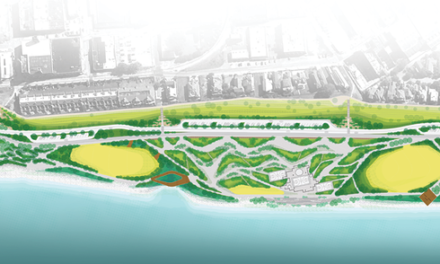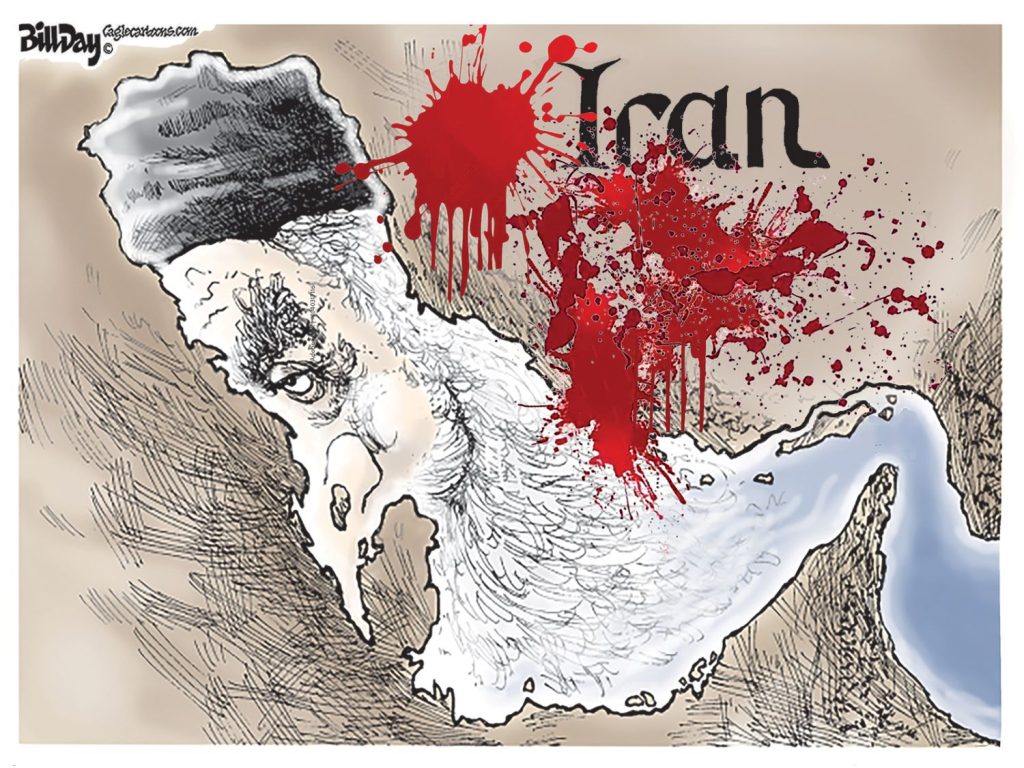From Urbanophile:
Last November I was privileged to be able to speak at a community conversation event in Franklin, Indiana – a town of about 25,000 people south of Indianapolis that is an old county seat on the edge of suburban expansion – sponsored by Indiana Humanities and Ball State University’s Bowen Center for Public Affairs.
The topic of the evening was quality of space and what, if anything, Franklin should do in this area. There had recently been some big disputes over downtown redevelopment projects I believe.
I gave a talk that set the stage for this conversation. In it I make the case for why high quality of place is of importance to a community. I root it in a business case analysis based on globalization and structural changes in the economy, the impact of that on Indiana’s competitive positioning, and a real life example of the potential payoff. I then talk a little bit ways to actually make quality of space happen.
Before the video though, I should mention that I am for hire to speak at your event. For details, arenn@urbanophile.com. As you’ll see from this, I work to create something custom and compelling for your audience, not a canned talk. And I basically treat it as a mini-consulting engagement to drive more value for you.
The video is below, followed by an outline of the talk. I hope you enjoy. (If the video doesn’t display for you, click here).
I. The Case for Quality of Space
A. History of Globalization and Structural Economic Changes: Indiana has gone from competitively advantaged to competitively disadvantaged.
B. The Impact of Economic Change: Indiana has trailed the country in jobs and incomes
C. Implications of the Situation:
- If nothing changes, expect more of the same poor results. This means real change, not just tweaks.
- Indiana cannot be competitive purely on a cost basis ever again. Even domestically, there are cheaper locations like Texas, and overseas competitors are much cheaper. Cost control and quality regulations are still very important, but cost cannot be the sole basis of competition.
- Indiana must compete today at least in part by creating a civic product people want to buy on its own merits, not just because it’s the cheapest thing on the market – because it isn’t.
D. But Doesn’t Franklin Already Have High Quality of Space/Place?: Yes. Yet consider:
- Much of what makes the high quality of a community like Franklin is the people who live there and their shared history. Newcomers can’t judge a community by this yet.
- Much of what makes our communities physically great was built a long time ago. The question is how we build on that legacy to meet the challenge of the 21st century.
II. The Benefits of Quality of Space: Columbus, Indiana Case Study
A. Why a Case Study of Columbus? It’s nearby for locals to check out themselves, it has a strong and comprehensive commitment to quality of space, and is closer to a typical blue collar community than say a Big Ten college town.
B. Columbus Economic Performance: Outperforms all non-Big Ten college town Indiana peers and also has outperformed the nation as a whole on jobs and income.
C. How Much Did Columbus Pay for Its Quality of Space Plan?
- Columbus tax expenditures per person are higher than most peers. They did spend money on this. Not free.
- But Columbus tax rates are among the lowest of its peers.
- How is this? Columbus has the largest tax base.
D. Two Fallacies of Government
- Democrat Fallacy: The only thing that determines government revenue is the tax rate.
- Republican Fallacy: The only thing that determines tax bills is government spending.
- Both claims are based on short term thinking. Need to evaluate the life cycle implications of policy choices. Columbus spent more but pays less now because they understand total cost of ownership.
III. Bringing Quality of Space to Life
A. Four Planks in a Quality of Space Program
- First Class Public Buildings: We used to build them this way, so doing it today is following an old tradition, not doing something different.
- Focus on Value per Dollar: It’s not always about more money. A bit part of it is making sure the money you do spend gets the full value per dollar.
- Find Low Cost, Fast, High Impact Items
- Build on Unique Qualities: In Franklin’s case, Franklin College
B. Closing Caveats
- Quality of space is a long term game. You don’t see immediate results from a trail. Columbus took 60 years to get where it is today. Indy’s downtown sports strategy started 40 years ago, but it is just now getting to host the Superbowl.
- Make sure that whatever you do is specific to your community. Don’t let somebody else sell you an off the shelf solution that merely copies what others are doing.



